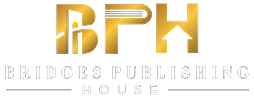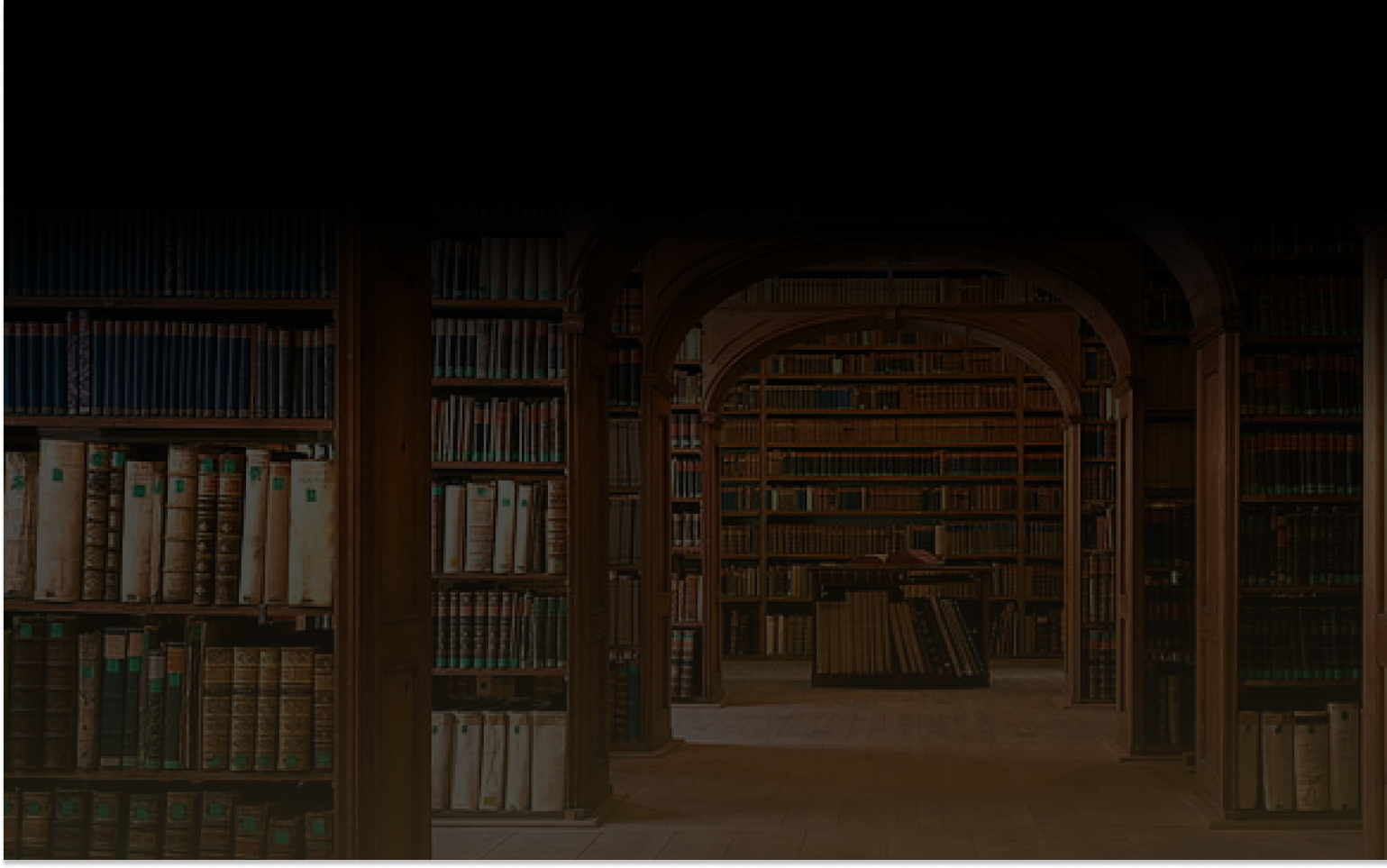One of the most important decisions an author makes is choosing how to publish their book. The publishing landscape has changed dramatically over the years, offering multiple paths from traditional publishing to self-publishing and hybrid options. Each path has advantages and challenges, and understanding them helps authors align their goals with the right approach, saving time, money, and frustration.
Traditional publishing remains a popular choice for many writers. Working with established publishers can provide professional editing, design, marketing support, and distribution to major bookstores. It can also lend credibility to a new author’s work. However, securing a traditional publishing deal often requires patience, persistence, and navigating complex submission processes. Authors must also be prepared to share royalties and follow publisher timelines, which can limit creative control.
Self-publishing, on the other hand, offers complete control over your work, from content and design to pricing and distribution. It allows authors to bring their books to market quickly and retain a larger share of profits. Self-publishing also encourages direct engagement with readers and creative freedom. The challenge lies in taking responsibility for every step, including editing, design, marketing, and distribution. Authors who choose this path must be prepared to invest time, effort, and sometimes money to produce a professional-quality book.
Hybrid publishing combines elements of both traditional and self-publishing. Authors benefit from professional support and guidance while maintaining more control over creative and financial decisions. This option can be ideal for writers seeking balance, but it is crucial to research hybrid publishers carefully, as offerings and costs vary widely.
Another factor to consider is your long-term career goals. If your plan is to publish multiple titles, build a readership, or establish a professional brand, certain publishing paths may be more suitable. Distribution channels, marketing support, and audience reach should all play a role in your decision. Understanding how each option aligns with your objectives can help you make a choice that supports both your first book and future projects.
Practical guidance is key to making an informed decision. Authors often find that resources like Chantay Bridges’ 100’s of Tips, Tricks, & Loopholes series provide valuable insight into the publishing process, offering tips for navigating traditional, independent, and hybrid publishing without overwhelming or confusing new writers. Learning the nuances of contracts, royalties, and marketing strategies before committing can prevent costly mistakes and give your book the best chance of success.
Ultimately, there is no one-size-fits-all solution. The right publishing path depends on your goals, resources, and the level of control you want over your work. Taking the time to explore your options, understanding the pros and cons, and planning ahead allows you to make a decision that positions your book for success while supporting your long-term career as an author.

